What is a Research Proposal?
A research proposal is a written pitch where you explain what you want to study, why it's important, and how you plan to do it. It's your chance to share the big questions you want to answer or the problems you want to solve.
The proposal isn't the complete story, but a preview that makes people interested in hearing more about your research. Getting approval for your proposal is like getting the green light to start your research paper writing journey.
Why is a Research Paper Proposal Important?
The goal and purpose of a research paper proposal is to get a head start on your research journey. It answers the main questions that lay the groundwork for your investigation.
Here are the major questions that are addressed in the research paper proposal:
- How will the research be conducted?
- What do we already know about the topic, and what’s missing?
- Why does your research matter, and what impact could it have?
- Can your research be done within the available time, resources, and ethical limits?
Basic Research Paper Proposal Format
While the format of a research paper proposal can vary by field, most proposals include these key sections:
- Title Page
- Introduction
- Literature Review
- Research Methodology
- Research Implications
- Reference List
- Research Schedule
While the specific guidelines may vary by discipline, you can generally adjust your proposal to fit the requirements. A good way to think about it is as a shorter version of your thesis or dissertation, but without the results, conclusion, and discussion sections.
However, if your proposal is long, include a table of contents and an abstract to help the reader navigate it more easily.
How to Write a Research Proposal in 7 Steps
Writing a proposal for a research paper involves a systematic and structured approach to presenting your research idea.
Here are some easy steps to help you write your proposal.
Step 1: Create a Title Page
The first part of your proposal would be the research paper title page. It should clearly and concisely state the title of your proposed research project.
This page sets the tone for your proposal and provides important information about your study.
Element | Example |
Proposed Title | Ecosystem Resilience in Urban Parks: Assessing the Impact of Human Activities on Biodiversity |
Author(s) | [Your Name] |
Supervisor’s Name | [Your Supervisor] |
Institutional Affiliation | [Your Institution] |
Date | [Date of Submission] |
Step 2. Writing the Introduction
Your research introduction is the first chance to grab your reader’s attention. It’s where you explain what your research is about, why it matters, and what you hope to discover.
Here’s how to make your introduction clear and engaging:
- What’s Your Topic? Start by briefly introducing your topic. What are you studying, and why is it important? Make it easy for your reader to understand the focus of your research.
- Why Does It Matter? Provide background info to help the reader see why this topic is relevant. What’s the context, and why should anyone care about it?
- What’s the Problem? Clearly state the problem statement or hypothesis your research aims to address. What’s the specific issue you want to solve or explore?
To make your introduction even more convincing, make sure to include these key points:
- Who Cares? Who might be interested in your research? Is it scientists, policymakers, or people in a particular field? Show who will benefit from your findings.
- What’s Already Known? What do we already know about your topic? Briefly review existing knowledge to show where your research fits in.
- What’s Missing? What do we not know yet? Identify the gap in current research and explain why it’s important to fill it.
- Why Is It Worth Doing? Why should anyone care about your research? What impact will it have on your field or society? Convince the reader that your study is worth the effort.
Step 3. The Literature Review
The next step is to write the literature review of the research proposal.
The literature review is your chance to show you’re not just repeating what’s already been studied. Instead, it shows how your research will add something new. Think of it as mapping out what’s been done and explaining how your study will fill the gaps. Here's how to do it:
- What Do Others Know?
Start by exploring what other researchers have already discovered. What’s been said about your topic? This is where you show you’ve done your homework and understand the current knowledge.
- What Are the Key Ideas?
Compare and contrast the main findings. What methods did others use? What worked, and what didn’t? Understanding this helps you spot strengths and weaknesses in the existing research.
- What’s Missing?
Think critically. What’s lacking in the studies you’ve reviewed? Is there a gap in the research? Your job is to show how your study will fill this gap and why that’s important.
- How Will Your Research Add Something New?
What will your research contribute that hasn’t been explored yet? Will you build on existing studies, challenge ideas, or combine them in a new way? Show your unique contribution.
- Why Are These Sources Important?
Don’t just list studies, explain how each one connects to your research. How will they shape or influence your work?
In simple terms, the literature review shows where your research fits in the bigger picture. It says, “Here’s what we know, here’s what’s missing, and here’s how my study is the next step forward.”
Step 4. The Research Methodology
The research methodology section is where you outline how you’ll conduct your research. This part explains the how and why of your research approach.
It’s very important to show your readers that you have a solid plan for gathering and analyzing data. Here’s a simple breakdown of what to include:
Aspect | Description |
Research Design | Describe the overall plan for your study (e.g., survey, experiment, case study). |
Participants and Sampling | Specify who will be part of your study, the sample size, and the selection method. |
Data Collection Methods | Explain the tools and methods for gathering information (e.g., surveys, interviews). |
Data Analysis Techniques | Share the methods you'll use to analyze the collected data (e.g., statistical analysis, qualitative methods). |
Ethical Considerations | Discuss how you'll ensure ethical conduct, protect participant rights, and handle sensitive information. |
Timeline | Outline the schedule for each research step from start to finish. |
Budget (if applicable) | Provide a basic budget if your research requires funding, detailing resource allocation. |
Step 5. Research Implications and Contributions
In this step, you’ll explain why your research matters and how it can make an impact in your field. Even though you haven’t gathered results yet, you can still highlight how your study could contribute.
Here’s what to include:
- Challenging Existing Ideas: Your research could challenge current theories or assumptions in the field, offering fresh viewpoints.
- Laying the Groundwork for Future Research: Explain how your findings could open doors for further research, helping others dig deeper into similar topics.
- Practical Value: Talk about how your research could be useful in the real world. Who can benefit from it—educators, professionals, or academics?
- Solving Problems: Point out any problems your study aims to address and how your findings could provide solutions or new insights.
- Influencing Policy: Consider how your research might influence decision-making or shape policies in your area of study.
- Applying Findings in Different Settings: Show how your research can be applied in different environments, potentially leading to positive changes and improvements.
Once you’ve explained the implications, you’ll be ready to conclude your research proposal, wrapping up your plan with a clear summary of your study’s purpose and potential impact.
Step 6. Providing the References
Include a section for the references list, listing the sources cited in the proposal. This is where you give credit to previous studies, articles, or any data you’ve referenced throughout your proposal.
Make sure you follow the correct citation format as required by your institution or committee. Common styles include APA, MLA, Chicago, and others. Each format has its own rules for how to present sources, so be sure to stick to the one specified.
To make this process easier, you can use tools like citation generators to quickly format your references. It’s important to be thorough and precise in this step to ensure your proposal is professional and properly credited.
Step 7. Research Schedule
A research schedule helps you plan your project and set deadlines for each phase. While some institutions may require a detailed timeline, it’s always a good idea to have one. This will keep you organized and on track throughout your research.
Here’s an example of a research schedule:
Research Phase | Objectives | Deadline |
1. Background Research | Review literature, refine research questions | 5th March |
2. Research Design | Design surveys, recruit participants, finalize methods | 20th March |
3. Data Collection | Conduct surveys and interviews, clean data | 5th May |
4. Data Analysis | Analyze data, draft results and discussion | 20th May |
5. Writing | Write thesis draft, meet supervisor for feedback | 10th June |
6. Revision | Revise draft, proofread, and submit final version | 1st July |
If applying for funding, include a budget showing how you’ll spend your resources. This might cover:
- Travel Expenses: Costs associated with field visits or necessary travel for data collection.
- Research Resources: Fees for tools, software, or equipment required to carry out the study.
- Assistance Costs: Payments for research assistants or any external support services.
By keeping your schedule clear and realistic, you ensure that your project runs smoothly and stays within budget.
Research Proposal Examples
Here are practical examples of research paper proposals, aiming to improve your understanding of the subject.
Research Proposal Template
Below is a standard template if you want to write a research proposal that should win the hearts of your reviewing committee:
Title Page: Title: [Clear and concise title that reflects your research focus] Author(s): [Your Name] Supervisor’s Name: [Your Supervisor] Institutional Affiliation: [Your Institution] Date: [Date of Submission] Introduction: Briefly introduce your research topic. Provide background information. State the problem or question you are addressing. Define the goals and objectives of your research. Specify research questions or hypotheses. Literature Review: Summarize relevant literature on the topic. Compare and contrast different studies. Evaluate strengths and weaknesses of existing approaches. Explain how your research contributes to existing knowledge. Research Methodology: Describe the overall plan for your study (research design). Specify participants, sample size, and selection method. Explain data collection methods (surveys, interviews, etc.). Describe data analysis techniques (statistical analysis, qualitative methods). Discuss ethical considerations. Outline the timeline for each research step. Provide a basic budget if applicable. Research Implications and Contributions: Discuss how your research challenges existing theories. Explain how your findings lay the foundation for future research. Emphasize the practical value for practitioners, educators, and academics. Identify problems your research can potentially resolve. Explore potential impacts on policies. Discuss how findings can be implemented in different settings. Conclusion: Summarize key elements (research question, methodology). Emphasize the significance and potential contributions of the study. Express enthusiasm for the research journey. Include a memorable statement aligned with the proposal's purpose. References: Include a section listing all sources cited in the proposal using the appropriate referencing style (APA, MLA, etc.). Remember, adapt this template based on specific requirements provided by your institution or program. |
Research Proposal Example PDFs
To help you get a better idea of how to structure your own proposal, here are some example PDFs that can serve as useful references.
For more examples, our detailed research paper proposals examples blog can help you out!
What’s the Ideal Length for a Research Proposal?
The ideal length for a research proposal can vary depending on the requirements of your institution or funding organization. Refer to the table below to understand the typical length for a research proposal at various academic levels.
Document | Ideal Proposal Length (Pages) | Ideal Proposal Length (Words) |
Thesis Proposal | Typically, 5–10 pages | 1500–3000 words |
Dissertation Proposal | Generally 10–20 pages | 3000–6000 words |
PhD Research Proposal | Generally 10–20 pages | 3000–5000 words |
In conclusion, a research paper proposal is the first step toward a successful project, guiding you from the introduction of your topic to your research methods.
Each part, from framing your research question to explaining its significance, is key to making your proposal stand out.
With the steps in this guide, you're ready to craft a strong proposal. However, if you need help, SharkPapers.com is here to assist with expert writers for all your academic needs. With our research proposal writing service, you can enjoy professional help from certified research writing specialists.
Just tell us what you need help with, and our paper writing website will assist you at the most affordable rates!



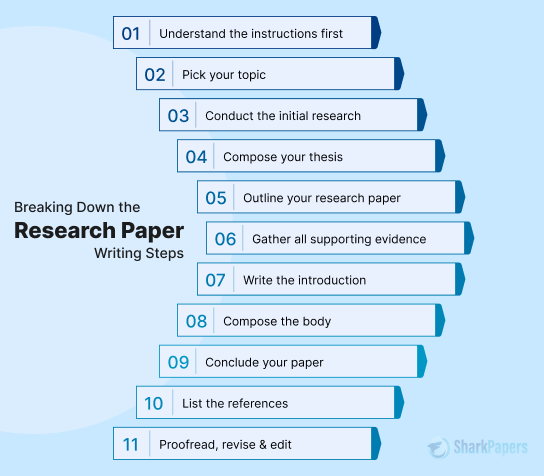





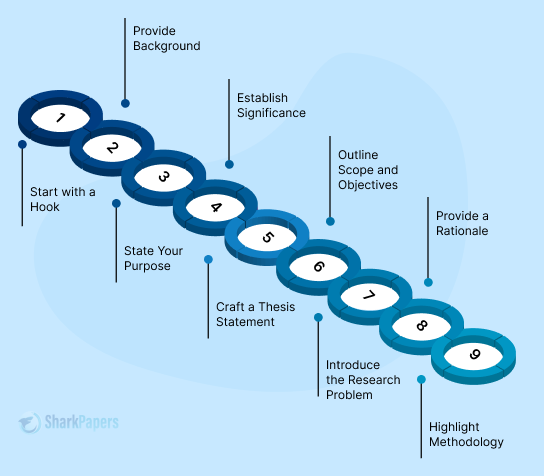

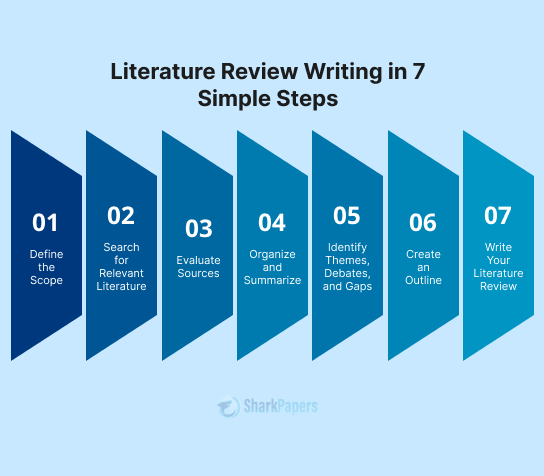
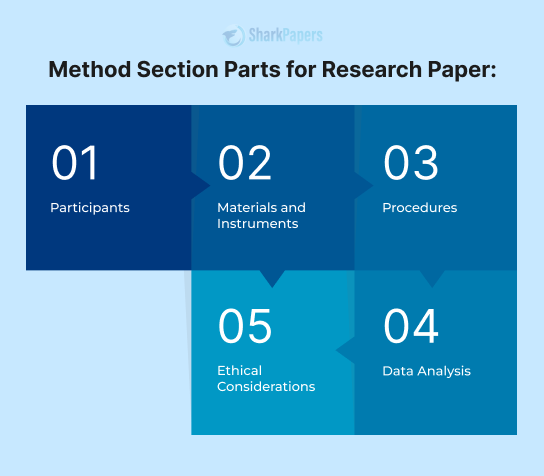
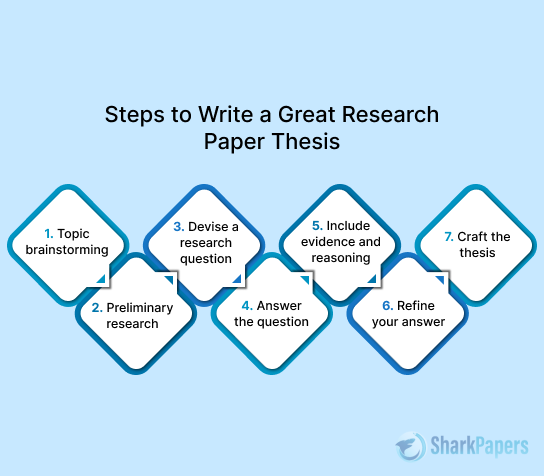
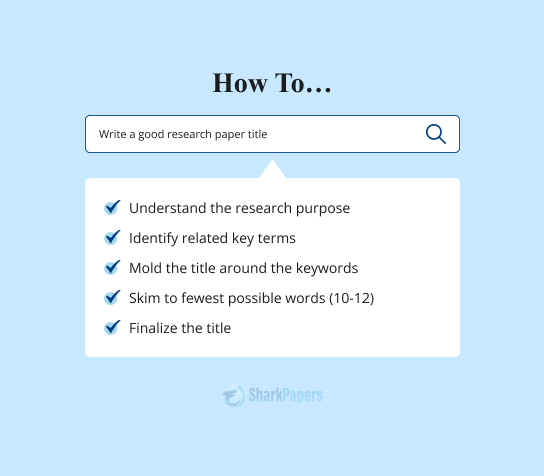
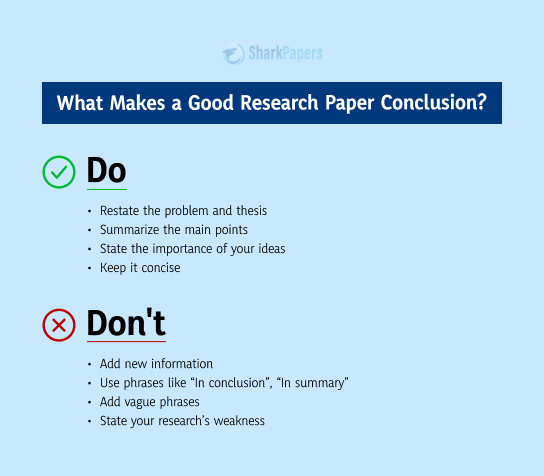
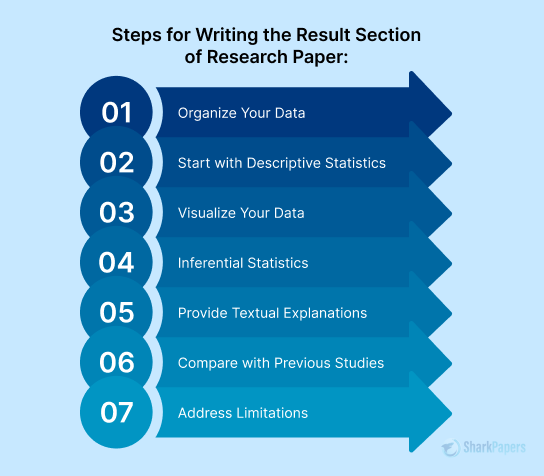
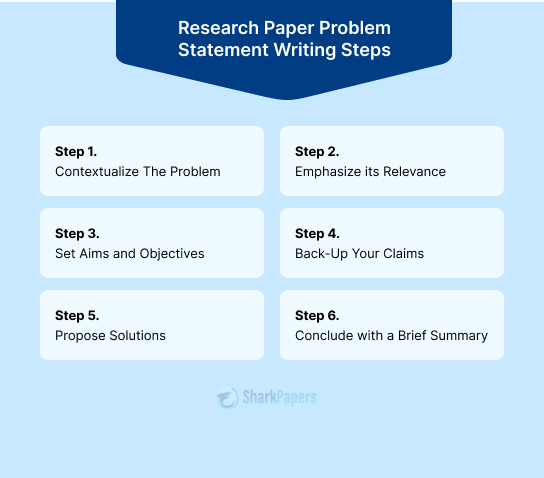
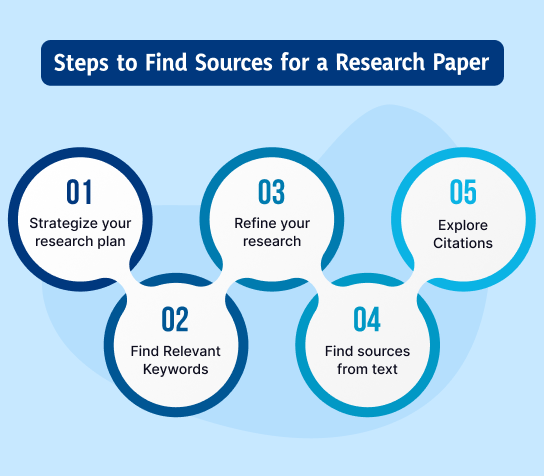
)
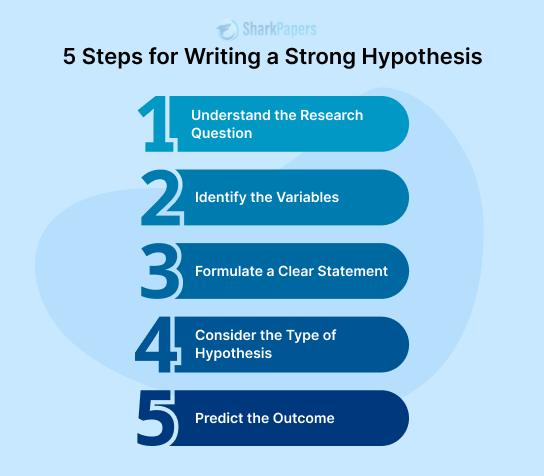
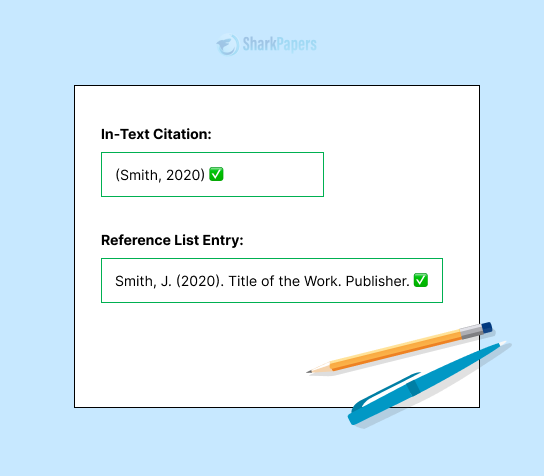
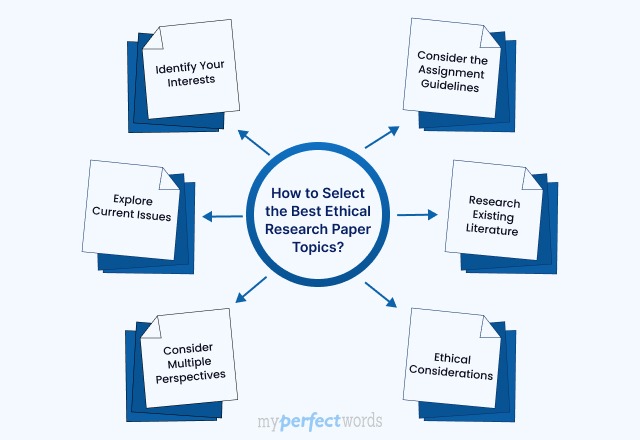
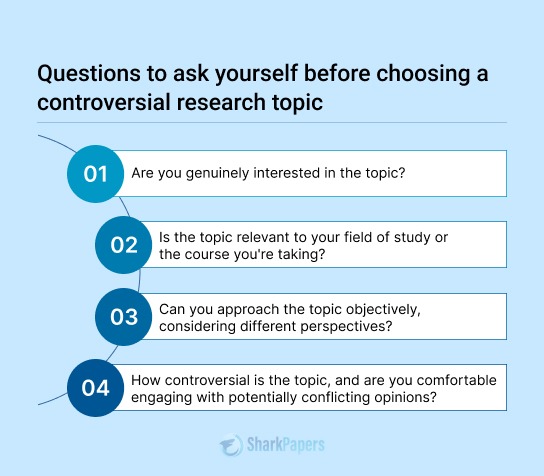
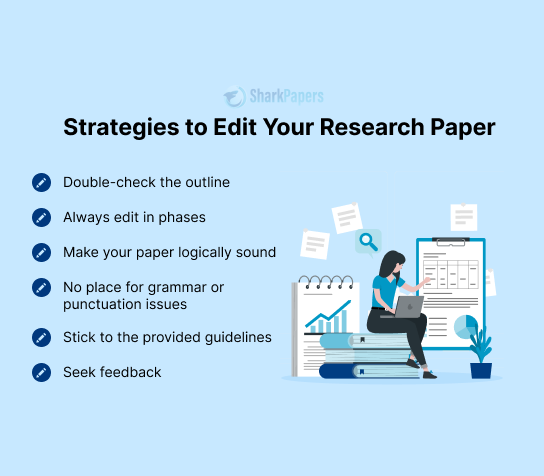
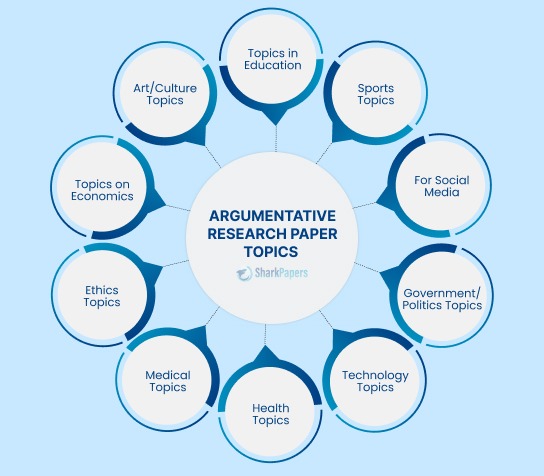

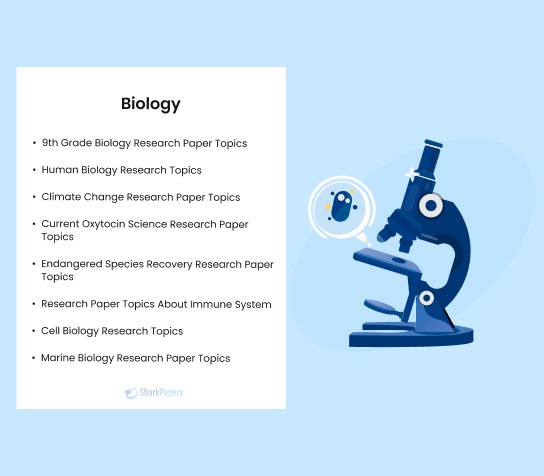

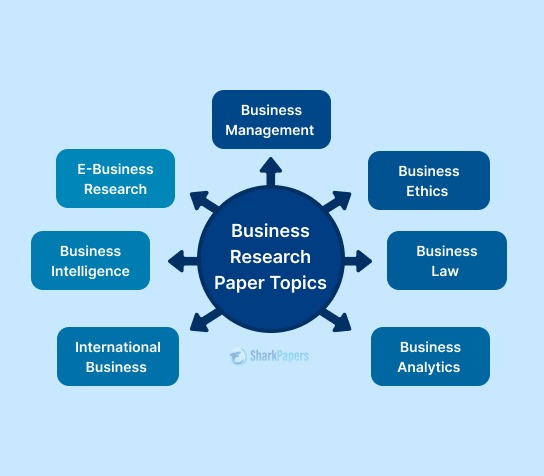
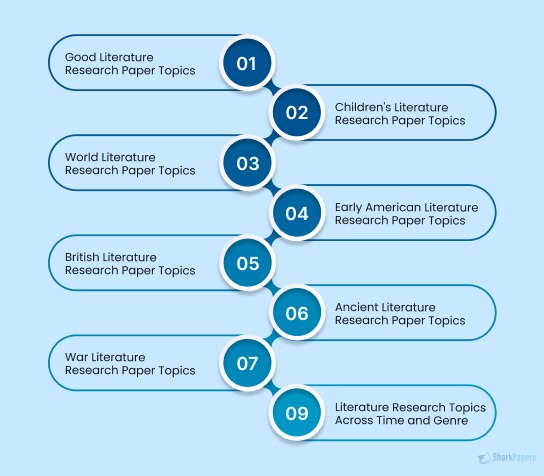
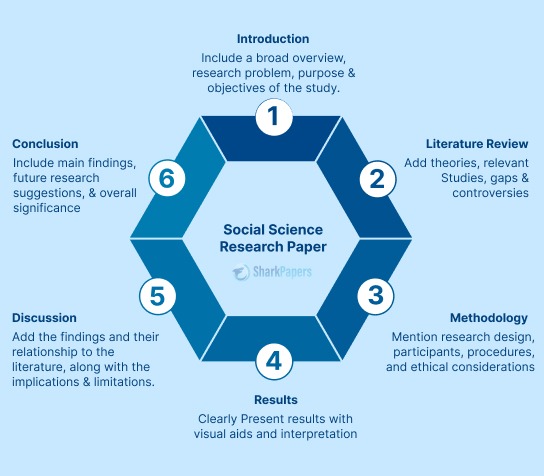
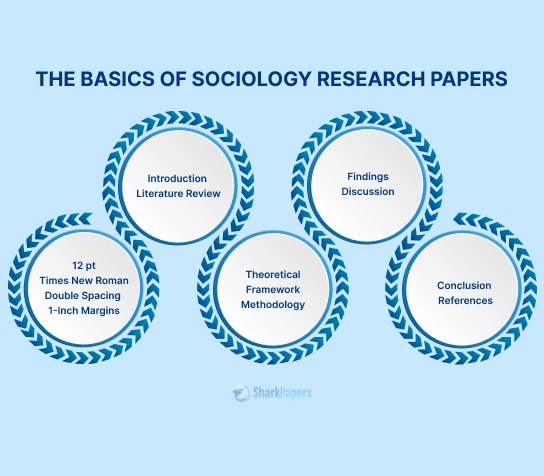
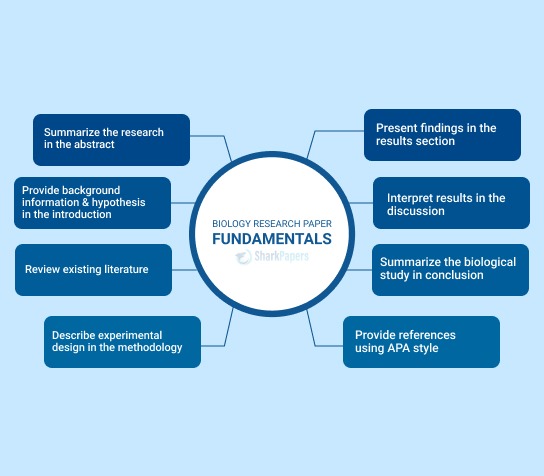
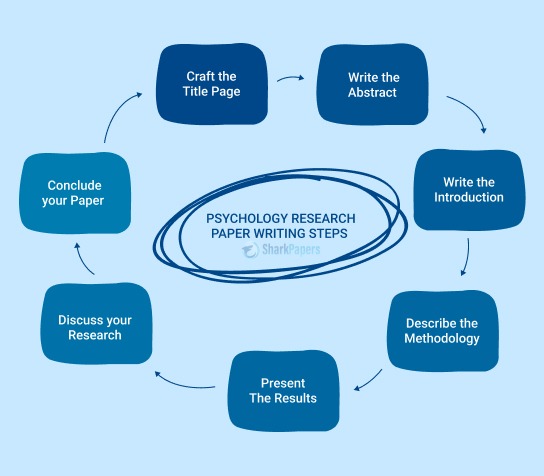
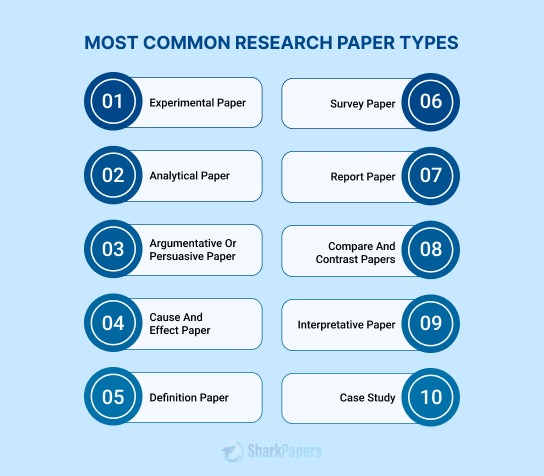

















-12114.jpg)














 Not seeing it? Check Promotions or Spam — inboxes get protective.
Not seeing it? Check Promotions or Spam — inboxes get protective.